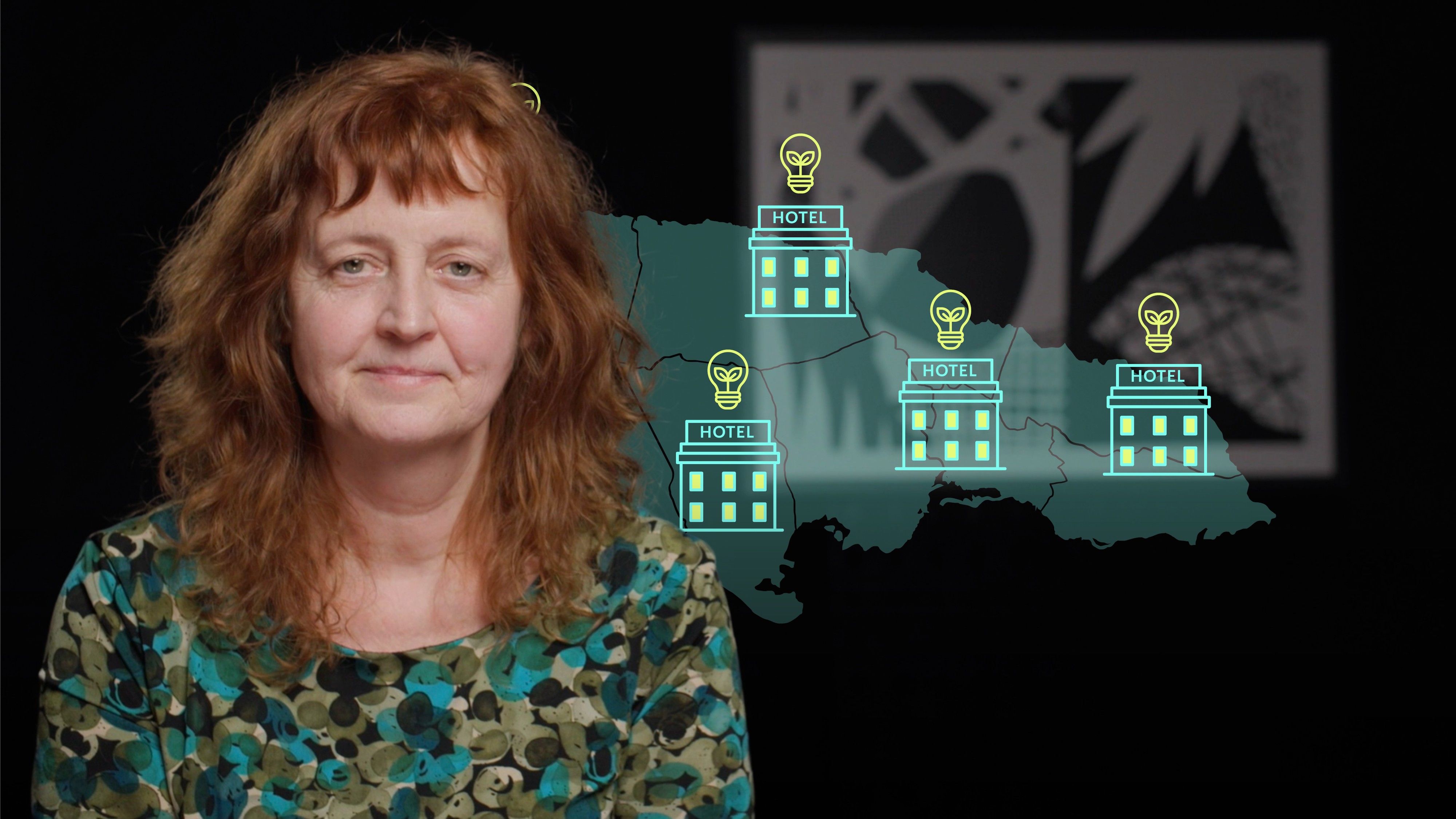
Voluntary Carbon Markets in Practice

Nicola Steen
30 years: Emissions Trading Schemes
In this video, Nicola talks us through the three real-life stories of how the voluntary carbon market can be applied.
In this video, Nicola talks us through the three real-life stories of how the voluntary carbon market can be applied.
Subscribe to watch
Access this and all of the content on our platform by signing up for a 7-day free trial.

Voluntary Carbon Markets in Practice
7 mins 45 secs
Companies and individuals are using their purchasing power to reduce their greenhouse gas emissions. Beyond just the reduction of CO2, these projects are having real-world impacts on communities, improving health and having wider social benefits.
Key learning objectives:
Outline the early success stories of voluntary carbon markets
Outline the real-life stories of how the voluntary carbon market can be applied
Subscribe to watch
Access this and all of the content on our platform by signing up for a 7-day free trial.
Some real-life stories of how the voluntary carbon market can be applied
Jamaica
Eco-Tec Ltd in Jamaica wanted to bring an emissions reducing project online and create money from it. The plan was to replace bulbs in all of the large resorts across the country. Reducing electricity use wouldn't just have the benefit of reducing greenhouse gas emissions, but also reduce the costs of foreign exchange. Natural Capital Partners, South Pole and Climate Care were working on growing the demand side of the market, acting as retailers for those who wanted to pay to buy Verified Emission Reductions.
Each lightbulb reduced half a tonne of CO2e over its lifetime and with the tens of thousands of light bulbs installed across Jamaica, over seven years 50,000tCO2e were saved. There are standards that acknowledge and track these benefits of emissions trading.
Chile
A Chilean company, Agrosuper, pioneered a project to capture methane from pig manure lagoons. Initially the captured gas was flared, converting it from methane to CO2, a relatively much less impactful gas. Over time, a biodigester was added and the methane used to generate power. As the project grew, the emissions saved grew, from around 150,000t CO2e a year to over 500,00tCO2E a year. It closed deals from 2002 to 2005, with buyers in Transalta in Canada, Mitsui in Japan and Macquarie Bank.
Tanzania
The Maasai Stove and Solar project in Tanzania is introducing more efficient, smoke-removing stoves to eliminate the pollutants created by indoor fires. Each stove reduces greenhouse gas emissions by 3.64 tonnes of carbon dioxide equivalent each year. 15 stoves contribute to saving a child's life due to the reduced air pollution inside people's homes. The project has also had the effect of empowering women - not only those trained and paid to install the stoves, but also those who are using the new stoves.
Subscribe to watch
Access this and all of the content on our platform by signing up for a 7-day free trial.

Nicola Steen
There are no available videos from "Nicola Steen"





























